Duvets are a cozy and essential part of our bedding, providing warmth and comfort throughout the year. However, keeping them fresh and clean can often be a daunting task. Understanding how to clean a duvet properly is crucial to maintaining its integrity and ensuring a good night's sleep. In this comprehensive guide, we'll walk you through each step of the cleaning process, making it simple and straightforward.
Check The Care Label

If the care label suggests machine washing, ensure your duvet fits comfortably in the washer to prevent compressing the filling and causing uneven distribution. Use a gentle cycle with cold or lukewarm water and opt for a mild detergent specifically designed for delicate fabrics. For those with allergies or sensitivities, a hypoallergenic detergent might be preferable. If your duvet is better suited for dry cleaning, take it to a professional to avoid any mishaps with water-based cleaning. After washing, whether at home or through a dry cleaner, thoroughly dry your duvet to maintain its fluffiness and prevent mildew. Tumble dry on low heat with dryer balls or clean tennis balls to help redistribute the filling evenly. Regular cleaning not only extends the life of your duvet but also ensures it remains a cozy and hygienic cocoon for your night's rest..
Gather Your Supplies
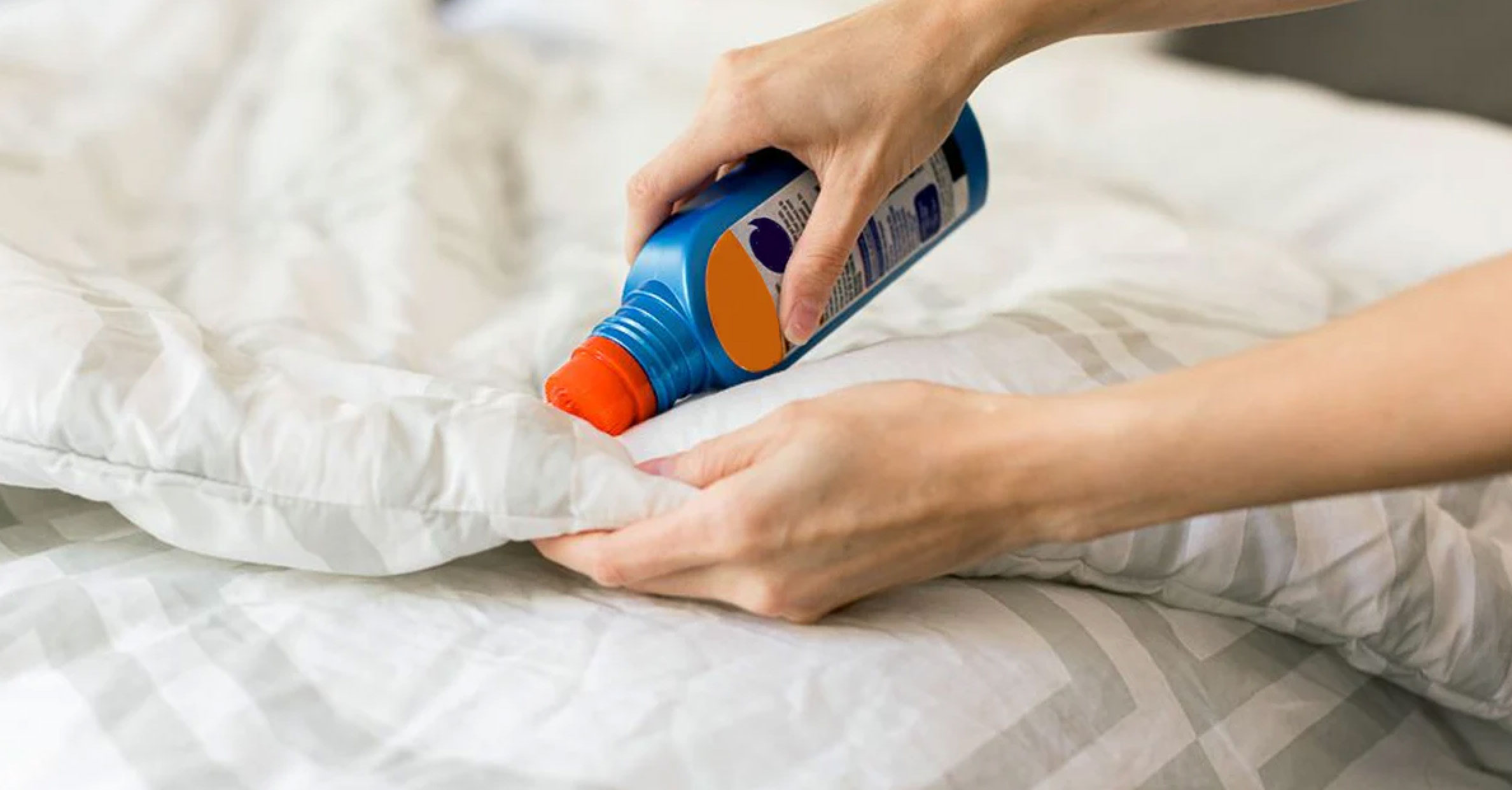
Before embarking on your laundry mission, it's crucial to gather all the essential cleaning supplies to ensure a seamless and efficient process. Start by securing a mild detergent, known for its ability to clean effectively without causing any damage to fabrics. If you plan to wash clothes at home, ensure you have access to a large-capacity washing machine; this not only accommodates bigger loads but also ensures a thorough wash. Additionally, consider how you'll dry the clothes post-wash; a tumble dryer is perfect for quick results, but if you prefer a more eco-friendly approach, opt for an airy drying space where fabrics can naturally breathe and dry. By preparing these tools and spaces ahead of time, you'll save both effort and time, leading to a more streamlined laundry day experience..
Pretreat Stains
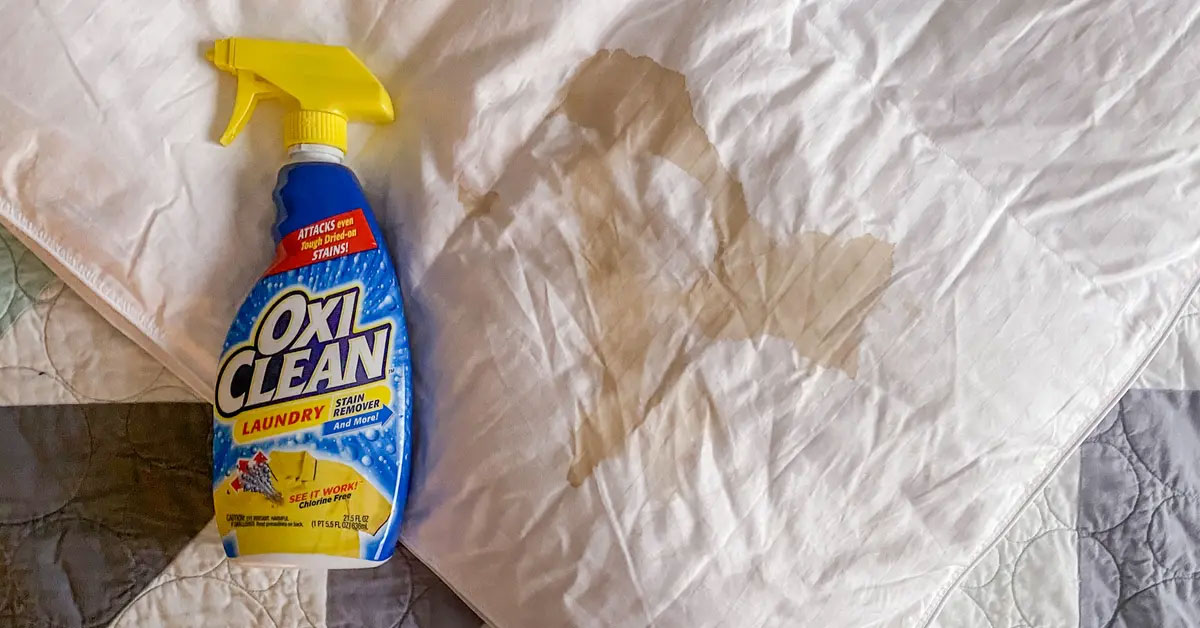
After pretreating the stained areas of your duvet, it's time to move on to the washing stage. First, ensure that your washing machine is large enough to accommodate the duvet comfortably, allowing adequate space for water and detergent to circulate. Use a gentle cycle with warm water and a mild, fragrance-free detergent to prevent any potential skin irritation or damage to the fabric. Adding a couple of clean tennis balls to the drum can help keep the filling evenly distributed and avoid any clumping. Once the wash cycle is complete, thoroughly check that all stains have been removed before drying. If any residue remains, repeat the process or consider professional cleaning for more challenging marks..
Choose The Right Washing Method

When considering the care of your duvet, it's important to take into account its specific material and fill type, as these factors can significantly influence your washing approach. For instance, down-filled duvets often require a different level of attention compared to synthetic options. If you choose to wash your duvet at home, adding a few tennis balls to the drum can help maintain the fluffiness of the fill by preventing clumping. Additionally, it's crucial to use a mild detergent that is free from harsh chemicals to preserve the fabric's integrity. After washing, make sure to dry your duvet thoroughly, preferably on a low-heat setting or air-dry cycle, as excess moisture left in the material can lead to mold or mildew growth. On the other hand, if the idea of handling it yourself seems daunting, seeking a professional laundry service specializing in duvet care might offer peace of mind, ensuring that your duvet is treated with the expertise it warrants for long-lasting comfort and durability..
Dry With Care
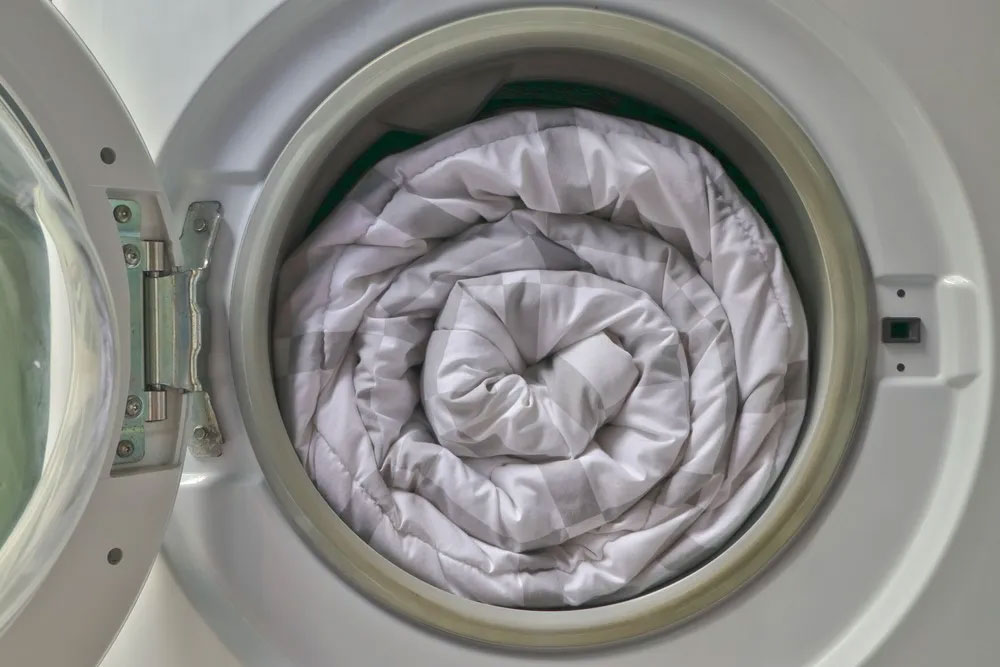
Proper drying is a vital step in maintaining the longevity and quality of your duvet. When opting to use a dryer, select a low-heat setting to safeguard against shrinkage and the potential clumping of the filling. This will ensure that the duvet remains fluffy and intact. If a dryer is not available or desired, hanging your duvet in a well-ventilated area can be an excellent alternative. Ensure that the space allows for air circulation to expedite the drying process. As it dries, give the duvet an occasional shake to evenly distribute the filling and restore its loft. This gentle care will help maintain the duvet's comfort and extend its lifespan..
Fluff And Restore Shape
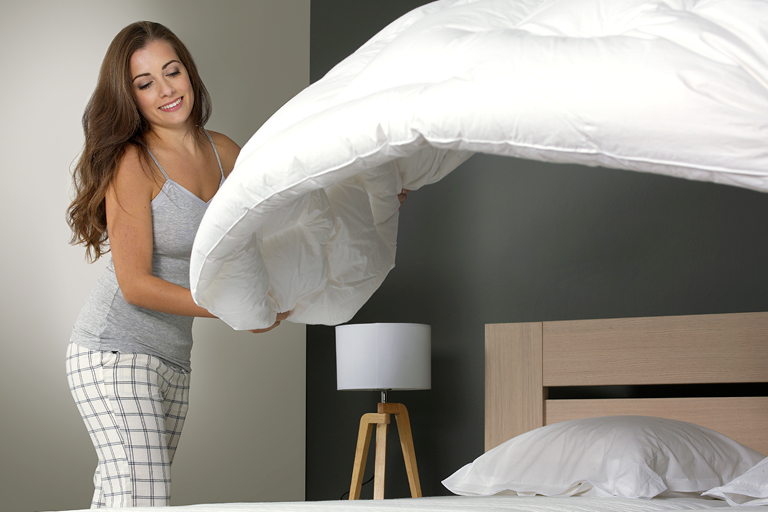
After ensuring your duvet is adequately fluffed, consider airing it out for a few hours in a well-ventilated space to enhance its freshness. This process allows any residual moisture to dissipate and leaves your duvet smelling crisp. While airing it, you can take the opportunity to inspect the stitching and fabric for any wear or damage, as addressing these early can prolong the life of your duvet. Once satisfied, place it back on your bed, where it will provide you with comfort and an evenly distributed warmth for a restful sleep. Regular care like this keeps your duvet in prime condition, offering a cozy sanctuary for many nights to come..
Frequency Of Cleaning
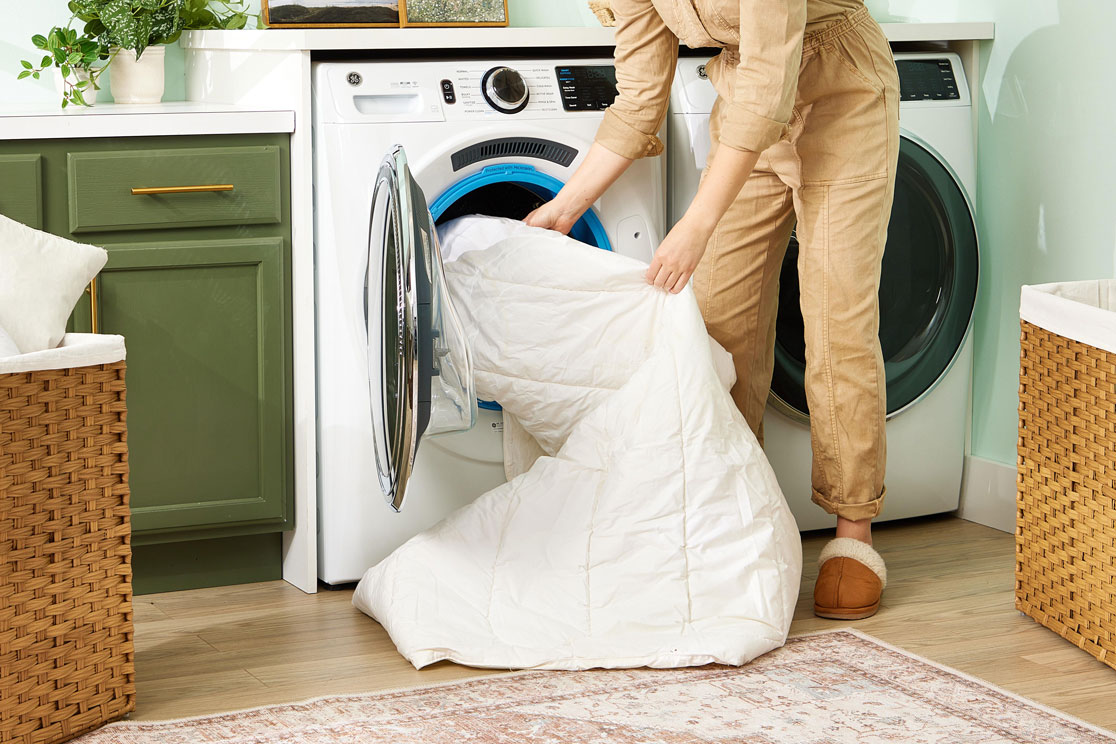
Regular cleaning intervals for duvets can vary based on individual habits and lifestyle, but it's typically recommended to launder your duvet several times a year. This helps maintain freshness and hygiene without causing unnecessary wear. The use of a duvet cover is an effective strategy to extend the life of your duvet between washes. Duvet covers act as a protective barrier, catching the majority of dirt and sweat, which can then be easily laundered on a more frequent basis than the duvet. This approach not only simplifies maintenance but also enhances the longevity of your bedding investment, ensuring that your sleep environment remains clean and inviting throughout the year..
How To Store Your Duvet

When it comes to preserving your duvet for long-term use, one of the key steps is ensuring it is thoroughly dried before storage. Any remaining moisture can lead to the development of mold and mildew, compromising the duvet’s quality and your health. Opt for a breathable bag or container, such as a cotton storage bag or a plastic bin with ventilation holes, to allow for air circulation while protecting it from dust and pests. Choose a cool, dry location, away from damp basements or humid attics, to keep your duvet in optimal condition. Additionally, to maintain its loft and shape, always store the duvet by itself or with other lightweight items, avoiding any heavy objects being placed on top. By following these guidelines, you can ensure your duvet remains plush and fresh, ready for use whenever the need arises..
Cleaning a duvet might seem like a cumbersome task, but with the right information and tools, it becomes quite manageable. By following these guidelines on how to clean a duvet, you can extend its life, maintain its comfort, and keep it looking its best. Make sure to follow the manufacturer's instructions and adjust the cleaning practices to suit your specific duvet type for optimal results.


